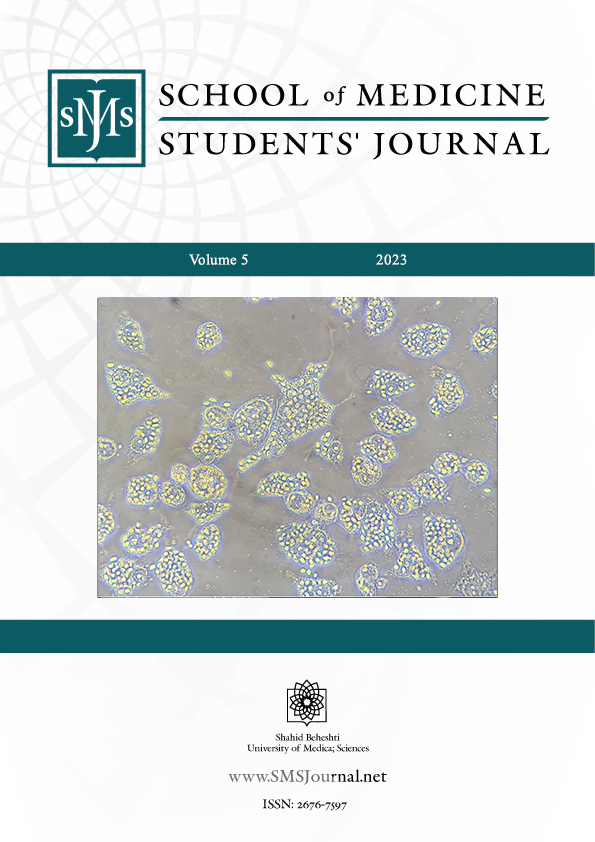Trend of COVID-19 Hospital Cases Fatality Rate in Iran: A Multicenter Study of 5318 Hospitalized COVID-19 Patients from March 2020 to March 2021
School of Medicine Students' Journal,
Vol. 5 (2023),
30 December 2023,
Background and Aim: Case fatality ratio (CFR) is an indicator of disease severity that can help policymakers make decisions. This study aims to evaluate the trend of CFR of hospitalized COVID-19 patients since the outset of the pandemic in Iran and identify variables that affect CFR.
Methods: 5318 confirmed COVID-19 inpatients were enrolled in this multicentric observational study. Patients admitted from March 20, 2020, to March 18, 2021, in three general hospitals were collected. The medical team gathered patients’ demographics, past medical history, and outcomes by reviewing patients’ medical records. The time trend of CFR was investigated by joinpoint regression analysis to calculate weekly percent change (WPC) and confidence interval (CI).
Results: Significant upward trend was observed in CFR of hospitalized COVID-19 patients during study weeks (WPC= 1.2, 95% CI: 0.7, 1.7; P < 0.001). The increase was more evident in men than in women (WPC: 1.4 vs. 1.1). The rise of CFR was observed in patients with cancer (WPC: 4.5), dialysis (WPC: 2.1), diabetes (WPC: 1.0), and old age (WPC: 1.0).
Conclusion: There was a significant rise in the trend of in-hospital CFR from March 2020 to March 2021 in Iran. This rise was also evident with the same rate in patients with old-age and DM. However, the rate of this rise was higher in male and cancerous patients. Worldwide variation was reported by few studies investigating the trend of hospital CFR, and further studies are warranted.




